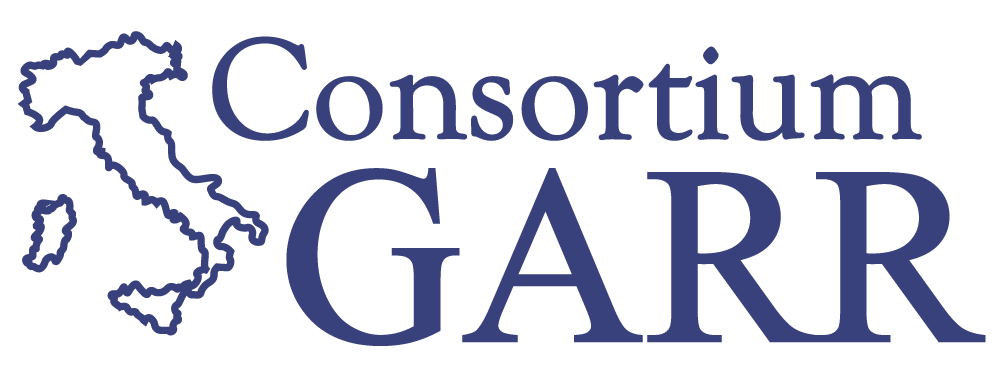Land! The EllaLink transatlantic cable has just arrived in Latin America
After years of planning and collaboration, last March 4th the BELLA program reached an important milestone: the completion of the construction of the new EllaLink submarine cable system that directly connects Europe (the GÉANT network) to Latin America (the RedClara network).
Work now begins to bring connectivity to BELLA, a digital bridge that will substantially help reduce the digital divide in Latin America, challenging the infrastructural monopoly that has so far seen data traffic for the subcontinent pass almost entirely through North America.
What is BELLA?
The BELLA (Building the Europe Link to Latin America) program aims to respond to the connectivity needs of the research and education sectors in Europe and Latin America and is composed of the BELLA-S and BELLA-T projects. The first is related to the actual construction of the cable, deals with managing the spectrum rights on the EllaLink submarine cable and the connectivity requirements, so that they are future-proof, thanks to a spectrum capacity to be dedicated to research and education throughout the life cycle of the cable (approximately 25 years).
Federico Ruggieri, Consortium GARR director, talks about BELLA project
BELLA-T is the project that sees the completion of fibre connectivity for Latin American education and research networks, creating a fibre optic backbone that is adequate to support the capacity (multiples of 100 Gbps) required for an effective interconnection with the European research network GÉANT. BELLA will bring ultra-fast connectivity and equal access for education and research communities across the American continent.
What does this mean, concretely?
When fully operational, in the coming months, BELLA will revolutionise research and education opportunities between Europe and Latin America for decades. High-capacity connectivity and low latency open up new possibilities. To give an example, BELLA will allow rapid access to data from the Copernicus Earth Observation satellite system, increasing collaboration in climate research between the two continents and allowing timely decisions to be made in the event of a disaster or humanitarian emergency, thus helping to save lives; the Cherenkov Telescope Array (CTA), the world's largest and most accurate distributed terrestrial observatory for gamma-ray astronomy, which, once completed, will open a new window to the Universe. With over 100 telescopes located at two sites - La Palma in Spain and near Paranal, Chile - and data management in other European locations, the requirements for data transfer are enormous. BELLA connectivity will enable fast and secure transfer to data centres for event reconstruction and rapid access to scientific data for the global research community.
In addition to the obvious advantages for the scientific community, BELLA is also expected to have an impact at the economic and societal level of the subcontinent: in fact, part of the cable's capacity will be open to commercial use. This will help bridge the digital divide and stimulate Latin American economic development by increasing the availability of broadband connectivity and lowering the cost of accessing the network. According to a recent report by the International Telecommunication Union (ITU), a 10% increase in fixed broadband penetration would produce a 1.9% increase in GDP per capita.
What is the role of GARR?
The Italian research and education network GARR has been playing a leading role in the development of the project, which covers a distance of approximately 5,500 km of ocean. GARR has been part of this adventure from the very beginning, as coordinator of the preparatory project (ELLA) and as a partner on the European side of the BELLA consortium and of the BELLA-T project, co-financed by the European Commission.
"Now that having an efficient, robust and resilient digital infrastructure is among the priorities of all countries, it is amazing to realise how visionary the BELLA project was, the result of a transatlantic collaboration that lasted many years" comments GARR Director, Federico Ruggieri. “We are proud to be part of this endeavour and for sure BELLA represents a milestone in the history of collaboration between Europe and Latin America”.



 Telegram
Telegram